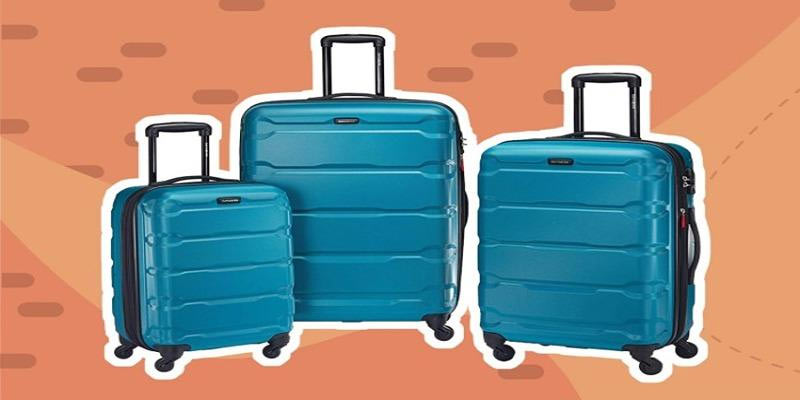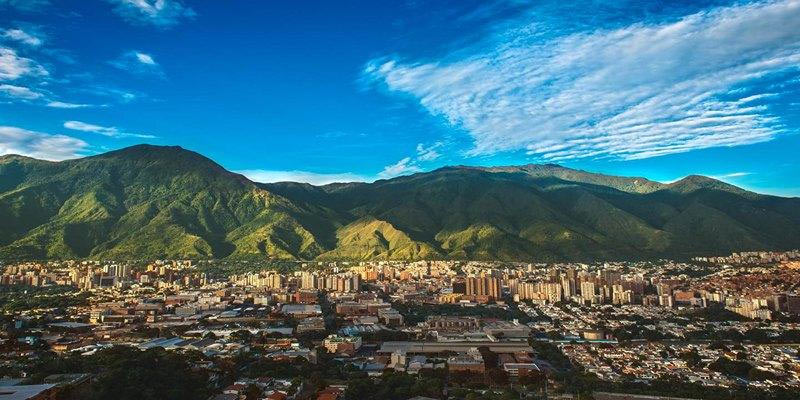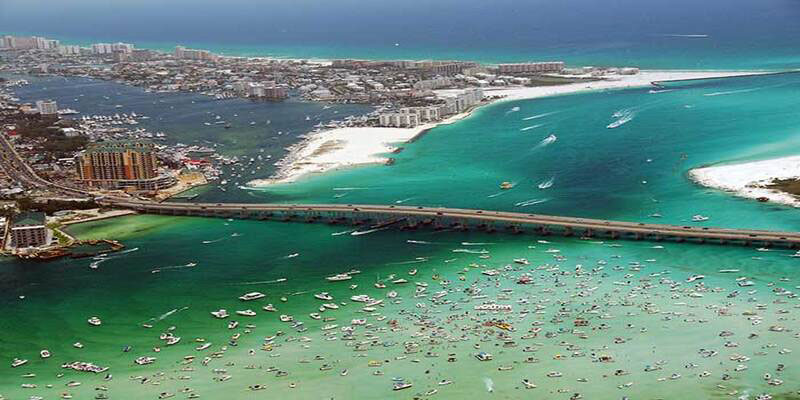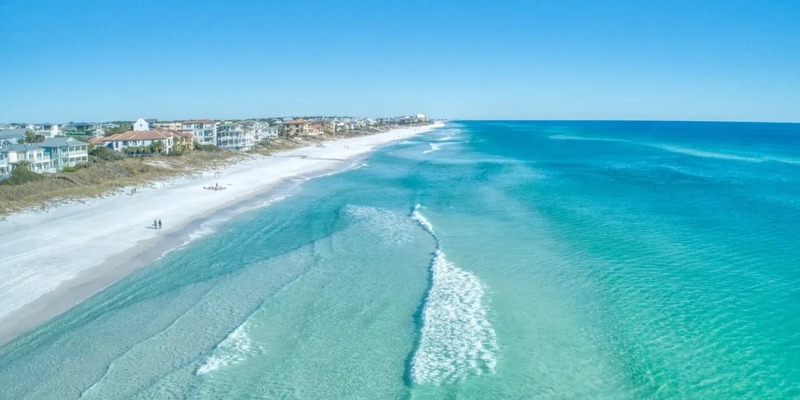Patagonia's List of Must-Have Items
Oct 19, 2023 By Juliana Daniel
It's crucial to prepare properly for an expedition across uncharted territory. Here you'll discover a comprehensive Patagonia packing list, complete with pieces of gear required for any hike or camping trip in the area.
During our two-month trip to Patagonia, we focused mostly on the Chilean side for our hiking and camping adventures. During that period, we experienced all four seasons, from scorching, bright days to hail and storm wind, and our equipment performed flawlessly every time.
Backpack
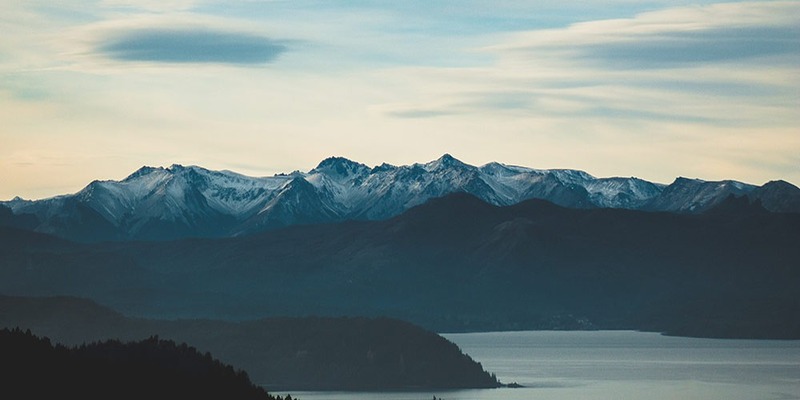
You should bring only the necessities, snacks, and water for the day treks. Thus a light, comfortable day pack is a must. We're great admirers of Osprey packs since we each have an Osprey Daylite Plus day pack. We use them on day trips and also use them as carry-ons when we travel.
Having a sturdy backpack is crucial for multi-day excursions. It ought to be well-fitting, adjustable, have comfortable straps, and many compartments. I recommend 50-60 liters for guys and women and 40-50 liters. Please don't bring a big backpack because you will inevitably fill it with extraneous items. In Patagonia, you need a backpack rain cover.
Hiking Shoes
It would help if you prioritized bringing hiking boots to Patagonia. You'll be in them for a good portion of the day. Make sure your footwear is; Patagonia weather is often mild. It's pleasant for trekking in the summer because the temperature rarely fluctuates greatly. Your hefty winter hiking boots are not required. The rain is the biggest issue. Thus waterproof footwear is a must.
Campbell and I have tried several hiking footwear brands and settled on Gortex. Both Campbell and I wear Salomon shoes; he has the X Ultra 3 GTX, and I have the Ultra 3 Mid GTX. Those shoes are completely watertight
Wool Socks

If you're going to Patagonia, bring some merino wool socks. We never go on a hike without these. They are odorless, quick to dry, long-lasting, and prevent blisters. The Darn Tough brand of hiking socks is well-known for providing superior cushioning and protection against blisters.
Rain Jacket
I've said before that the weather in Patagonia is notoriously difficult to forecast. It might be sunny in the morning and heil or snow in the evening. Our raincoats were vital for keeping us toasty and dry. I think you should bring it to Patagonia. I choose raincoats that are both watertight and include a hood and zippered pockets.
Hiking Top
When I go trekking, I like to wear long-sleeve running clothes. They are comfy, light, and dry rapidly. Wearing long sleeves might help you avoid sunburn. When I go trekking, I always forget to bring sunscreen. Campbell always has a few tees with short sleeves for his workouts. Cotton shirts are bulky and slow to dry, so leave them home on your next hike. Bringing a sports bra will make your outside activities much more pleasant.
Pants For Hiking
My go-to hiking bottoms are a long pair of yoga pants. They're elastic, small when packed, and fast to dry. I tried regular hiking trousers, but they don't compare comfort and mobility to my yoga pants. When trekking through thick brush or tall grass, shorts are a bad idea because of the risk of scratching. Two pairs of pants are the minimum I'd suggest bringing to Patagonia. Campbell only wears ultralight, quick-drying hiking trousers.
Fleece Top
We wore fleece tops frequently in Patagonia. It's an excellent alternative to a down coat when paired with a raincoat on windy, cold days. A thick jacket could be useful in Patagonia during the winter, but a rain jacket and a fleece top would suffice in the summer.
Thermals
One may consider adding thermal top and bottom layers to their Patagonia luggage. You may use it as a base layer on a chilly day while trekking. When we go camping, we frequently utilize it as a place to sleep. It's easy to travel with, lightweight compresses well, and dries rapidly.
Flip Flops
In my opinion, flip-flops are a necessity in Patagonia, especially during the summer. These are equally at home in the great outdoors as they are in the home. After a long day of trekking, nothing beats kicking off your boots and slipping into a comfy pair of sandals. After a day of trekking, it's time to freshen up. To this day, Havaianas remain the most special footwear in our collection.
Headwear
When visiting Patagonia in the summer, a cap or hat is necessary, especially if you want to undertake multi-day hiking. The cap is more convenient to store away, but the hat provides superior protection for the neck, which is why I favor the latter. A beanie is a good idea to have on hand if you find yourself in a place with low temperatures and brisk winds.
